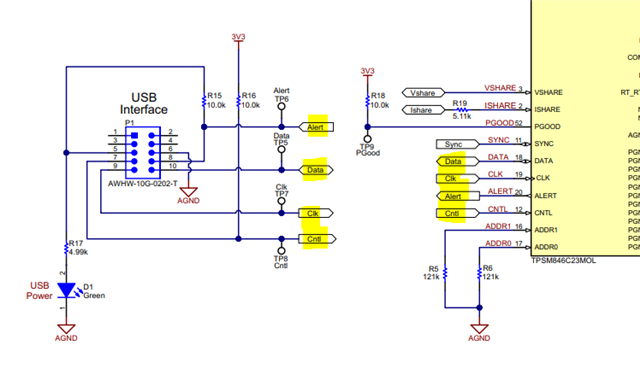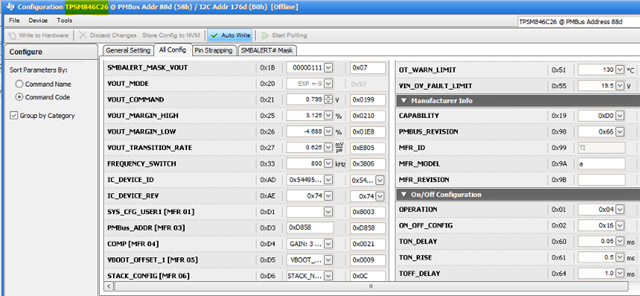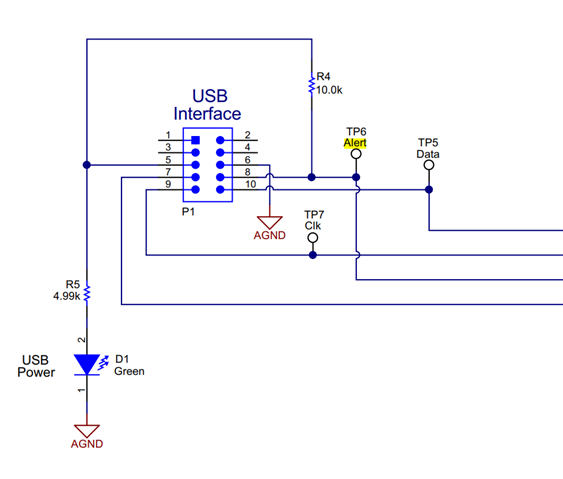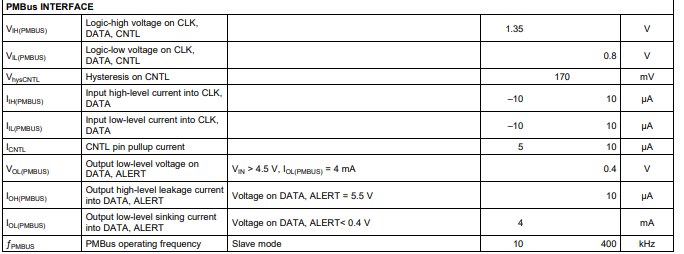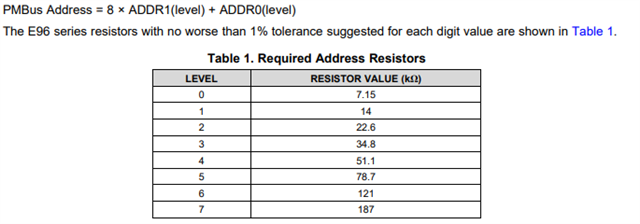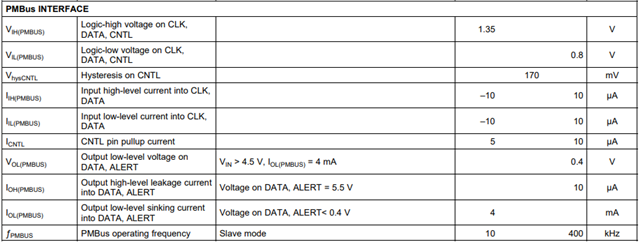Other Parts Discussed in Thread: TPSM846C23,
Tool/software:
Good day.
We will be using TPSM846C23 for our new evaluation board design.
As part of validation, I've ordered TPSM846C23EVM-806 module to verify its i2c functionality but I couldn't get it working. I've been using Raspberry pi as a i2c interface and control the voltage but I couldn't get the communication working between the 2 devices.
Q1: TPSM846C23EVM-806 says its a PMbus compatible.. I believe it should work with I2c as well as they have both the same protocols?
Q2: Would raspberry pi works as a master i2c to verify this module? if not.. any other devices/interface i can use to verify it?
Or am i just missing any important technical details of the module to get it working?
Thanks,
Jay


